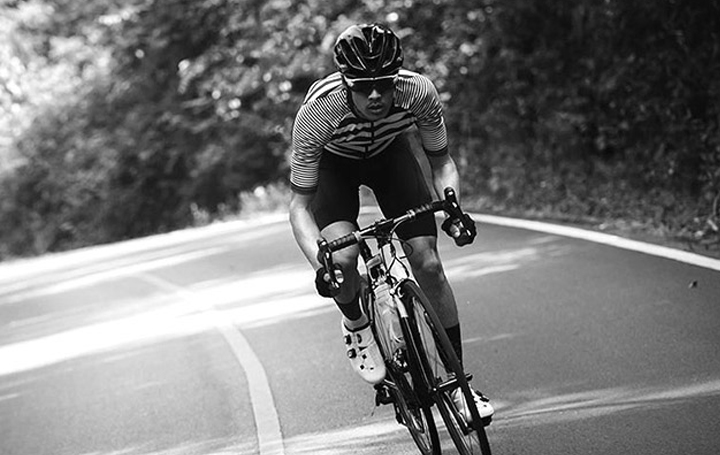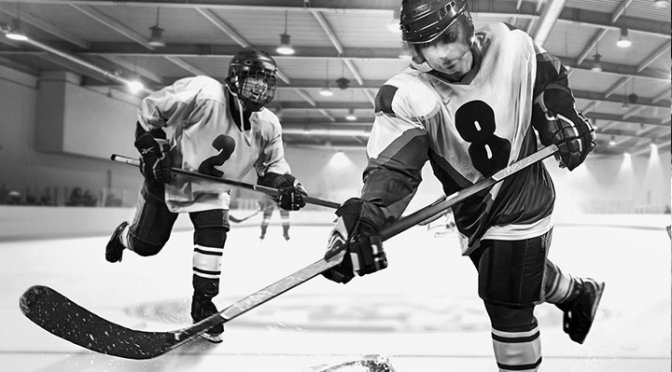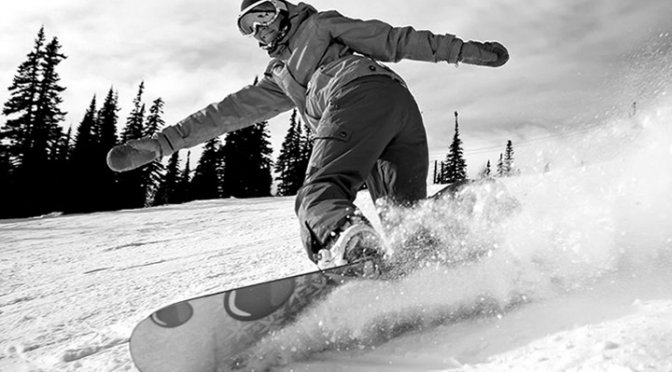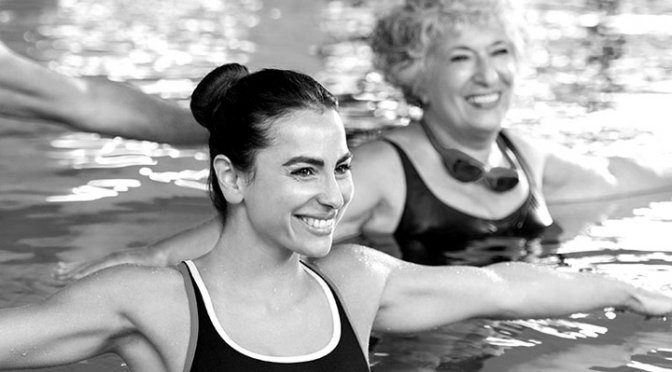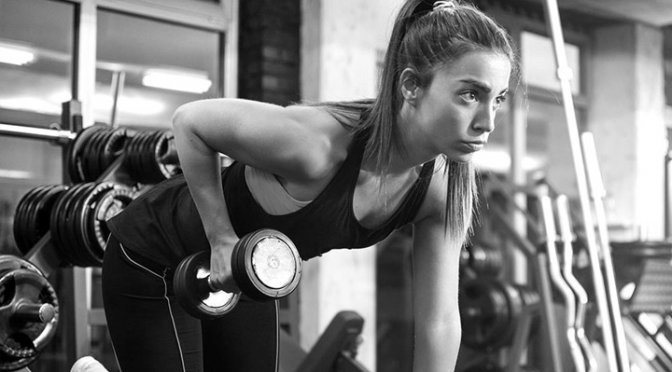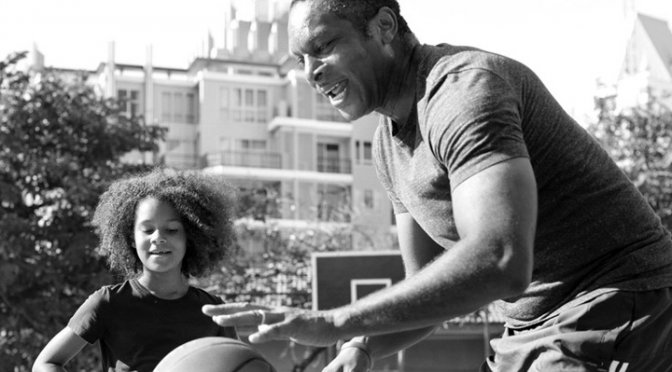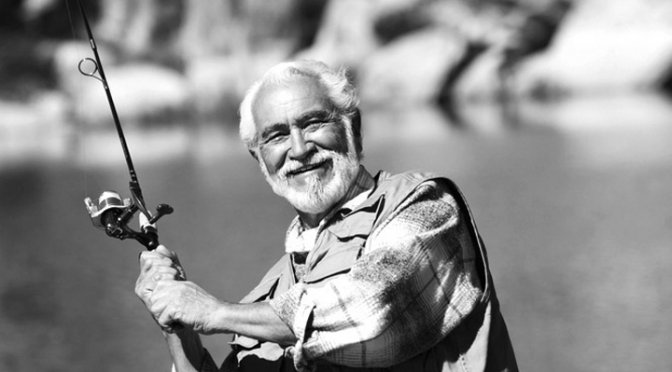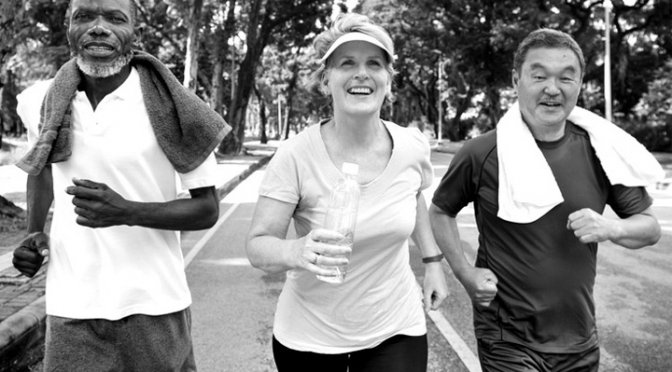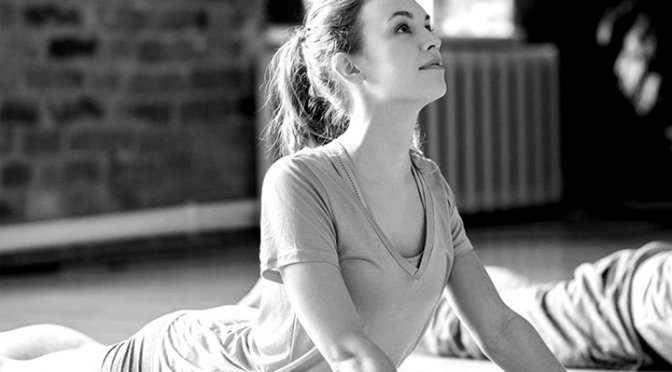The knee joint complex is made up of the tibiofemoral joint and the joint between the kneecap (patella) and the femur. This is an important group of joints for all sporting activities, walking, stairs and getting out of a chair.
Pain in the knee can be the result of an acute, sudden injury or it can occur gradually.
At Stittsville Sport Physio we have many years of experience in assessing and providing follow-up care for acute sprains/ tears of all the ligaments of the knee (MCL, ACL, LCL, PCL) as well as cartilage/ meniscal tears.
- Hyperextension of the knee, twisting or contact during a game can all result in injury to the ligaments or cartilage in the knee.
- We have treated many patients following ACL repairs done by local orthopaedic surgeons following the most up to date protocols to ensure that you regain your best possible function.
- Early motion is key to preventing post-operative stiffness and adding the right strengthening exercises at the right time will help you get back to your sport as quickly as it is safe to do so.
A more gradual onset of knee pain may occur with running or jumping sports such as basketball or volleyball. This type of knee pain (PFS or PFPS) can also occur from a lot of squatting (as in the spring when we all start gardening and pulling weeds) or going up/ down stairs. The patellofemoral joint (knee cap) can become the source of pain if there is a muscle imbalance around the knee or a restriction in motion of one of the joints in the leg (stiff ankle from a previous injury for example).
If knee pain due to running is the reason for your visit to Stittsville Sport Physio then your physiotherapist will also discuss some of the latest concepts on running, training and biomechanics with you. We will get you back out there as soon as possible!
During your assessment your physiotherapist will look for underlying problems that may be predisposing you to gradual onset of knee pain. Your treatment plan will include mobilization and stretching of any stiff joints/ muscles as well as strengthening of any weak muscles that are identified during your assessment.
OA of the knee is a common source of knee pain, swelling and stiffness. This occurs when the cartilage on the end of the bones of the knee or at the back of the kneecap (patella) has worn off. The exposed bone has nerve endings and these can become a source of pain.
“The result is that the cushioning of the cartilage has been compromised and there is now bone on bone contact.”
Stiffness is also a characteristic of OA because the absence of cartilage in the joint results in changes to the joint capsule and how it reacts to movement. A feeling of stiffness also occurs when there is swelling in a joint. When pain and/ or swelling are present in the knee the muscles at the front of the thigh (the “quads”) start to become inhibited and weak. This starts out as a “protective” mechanism but in the end can leave you with a feeling of weakness as if your knee can’t hold you up.
It is important to see your family doctor and find out if an x-ray, more testing or medication would be helpful. Working with a physiotherapist will help to improve mobility, strength and pain.


